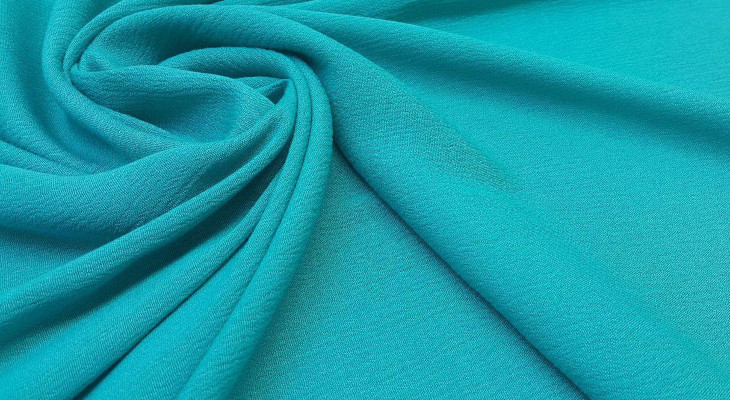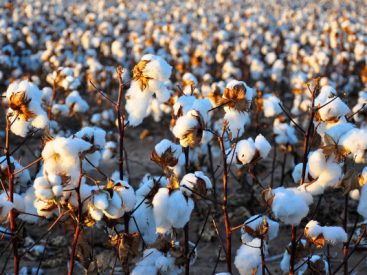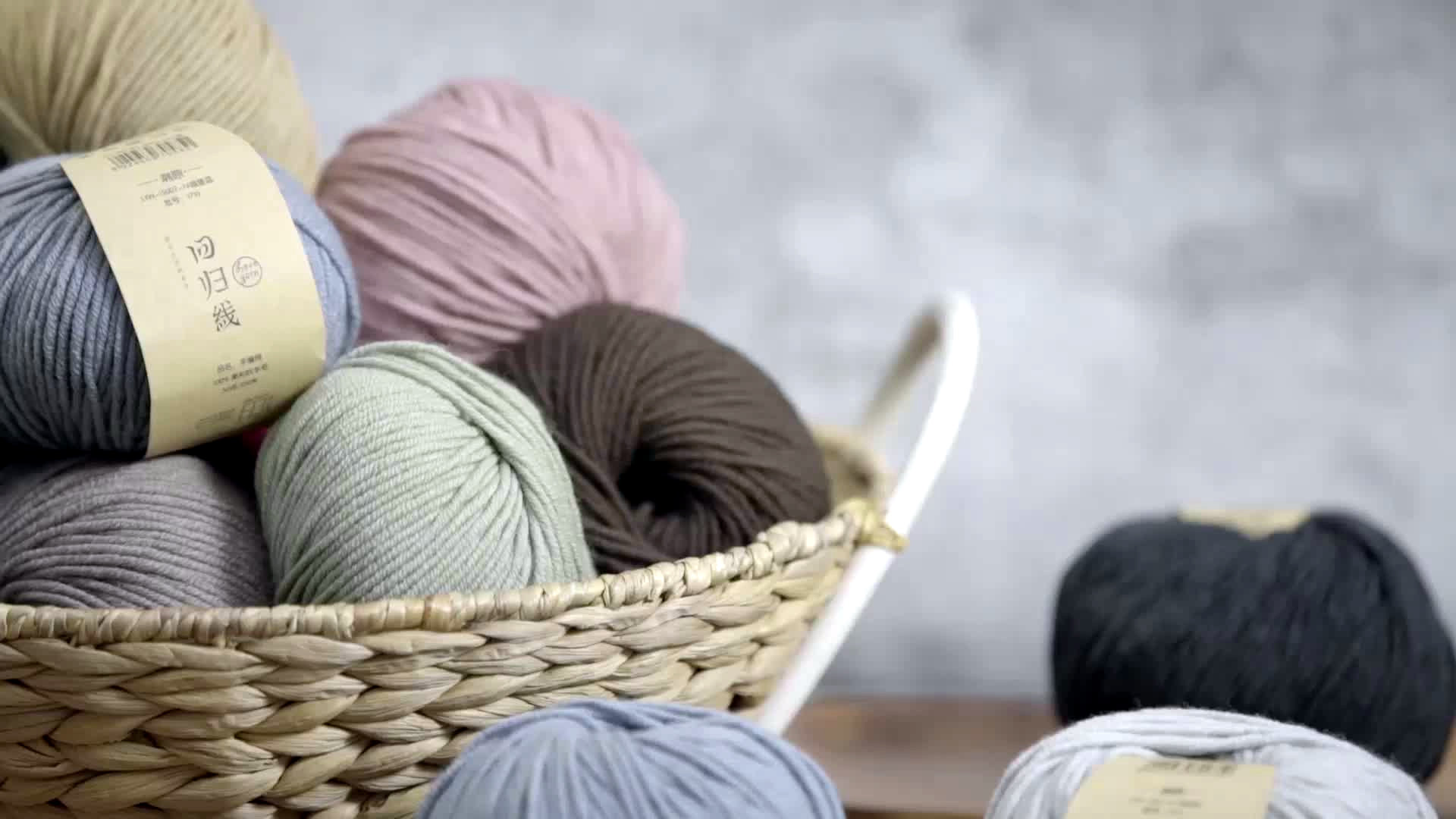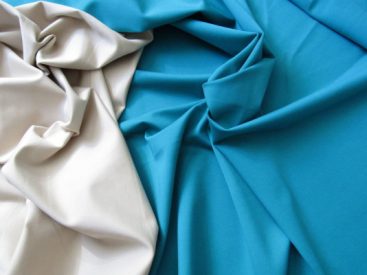Viscose is an artificial fabric from natural raw materials formed as a result of cellulose processing.
The production methods make it possible to give viscose yarn the character of “wool,” “silk,” or “cotton,” changing its fineness, crimp, and luster. It is widely used for sewing clothes, underwear, and home textiles.
The main advantages of viscose fabrics are:
- Softness. Viscose products are soft, velvety, and pleasant to the touch.
- Hygroscopicity.
- Easy-to-care.
- Air permeability. These light fabrics allow air to pass through, which is widely used in the production of summer clothing.
- Non-accumulation of static electricity. Things made of viscose are not electrified.
- Hypoallergenicity.
- Colorfastness when dyeing.
Among the disadvantages, it is worth noting fading on the sunlight, creasing, and lower durability compared to natural fabrics.
In yarn, viscose is often combined with other fibers. The fusion with lycra or elastane is used to increase the elasticity of the fabric, whereas combination with polyester is capable of increasing durability and strength. The mixing of the fibers makes it possible to get cheaper materials while preserving the “natural” properties of the yarn.




